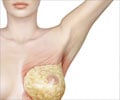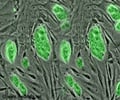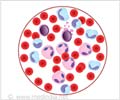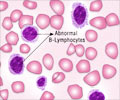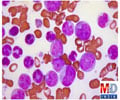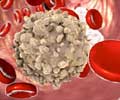How can Leukemia be treated?
- Treatment for leukemia is complex. It varies with the type of leukemia and is not the same for all patients. The treatment is planned in order to fit each patient's needs. The treatment depends not only on the type of leukemia, but on certain features of the leukemia cells, the extent of the disease, and whether the leukemia has been treated before. It also depends on the patient's age, symptoms, and general health.
- Whenever possible, patients should be treated at a medical center that has doctors who have experience in treating leukemia. If this is not possible, the patient's doctor should discuss the treatment plan with a specialist at such a center. Acute leukemia needs to be treated right away. The goal of treatment is to bring about a remission. Then, when there is no evidence of the disease, more therapy may be given to prevent a relapse. Many people with acute leukemia can be cured.
- Chronic leukemia patients who do not have symptoms may not require immediate treatment. However, they should have frequent checkups so the doctor can see whether the disease is progressing. When treatment is needed, it can often control the disease and its symptoms. However, chronic leukemia can seldom be cured.
Methods of treatment:
- Most patients with leukemia are treated with chemotherapy. Some also may have radiation therapy and/or bone marrow transplantation (BMT). In some cases, surgery to remove the spleen (an operation called a splenectomy) may be part of the treatment plan.
- Chemotherapy is the use of drugs to kill cancer cells. Depending on the type of leukemia, patients may receive a single drug or a combination of two or more drugs. Chemotherapy is given in cycles: a treatment period followed by a recovery period, then another treatment period, and so on. In some cases, the patient has chemotherapy as an outpatient at the hospital, at the doctor's office, or at home. However, depending on which drugs are given and the patient's general health, a hospital stay may be necessary.
- Some anticancer drugs can be taken by mouth. Most are given by IV injection (injected into a vein). Often, patients who need to have many IV treatments receive the drugs through a catheter.
- One end of this thin, flexible tube is placed in a large vein, often in the upper chest. Drugs are injected into the catheter, rather than directly into a vein, to avoid the discomfort of repeated injections and injury to the skin.

